“No pain no gain”?
“No pain no gain”, often a phrase that gets thrown around in the gym or sporting environments to suggest improvement is not seen without a degree of physical or mental suffering.
I have noticed this term begin to creep in to the treatment room with patients on the table muttering “no pain no gain” during certain treatment techniques within their appointments.
This got me thinking how relevant is the phrase in relation to Chiropractic care and whether I should as a health care practitioner be promoting or limiting this mindset with my patients.
In terms of the treatment room it is common to experience low to moderate pain levels during treatment, those that have been treated by me do not look forward to the gluteal release techniques or dry needling to the inner calf muscles, however this pain is short term in nature and does represent the tightness in the muscle tissue that needs breaking down.
In contrast, the Chiropractic adjustment, shouldn’t be painful at all, maybe a shock to the system but not painful.
In terms of exercise, it is again natural to experience mild pain levels on exercises and stretches given. This is purely due to the body not being used to this new skill being learnt with new muscles being activated so it is common to experience an ache or two.
A great measure to dictate if the pain is too much, either on an exercise or a treatment is if the pain level is above a 6/10 on your individual pain scale then it is too much. This is particularly relevant for rehabilitation exercises as above a 6/10 can suggest you are doing more harm than good.
It is also common for patients to experience higher levels of pain in the early stages of care, much like the exercises, the 1st stage is all about learning new muscle patterns and skills, sometimes the body can fight against these changes and can cause higher levels of pain whilst it re-learns the new muscle memory.
To conclude, I personally don’t have an issue with “no pain to gain”, It is normal to go through varying levels of pain either in treatment, during exercise or through the care plan but its also important to note that consistent pain above a 6/10 (during exercise) should be taken with caution as we don’t want to undo the hard work already achieved by the body and bring it back to square one.
